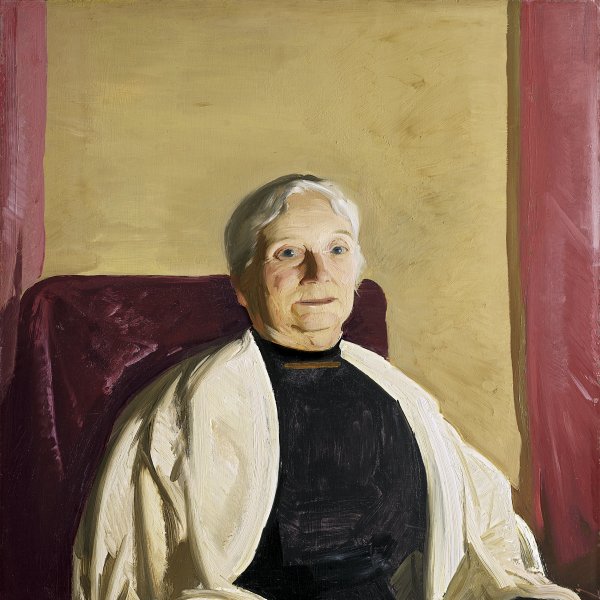George Bellows
Columbus, 1882-New York, 1925
A lover of art and sport, the American painter George Bellows studied both disciplines at Ohio State University, where he played in the university’s baseball and basketball teams and made illustrations for its publications.
Against his parents’ wishes, in 1904 Bellows moved to New York to study at the New York School of Art, which was then directed by William Merritt Chase. He became a disciple of Robert Henri, who instilled in him his realist conception of art, and although he no longer played sport at a professional level, his passion remained latently alive and is apparent in the themes of some of his works, particularly those depicting boxing matches. In 1908 he received a National Academy of Design award, and the following year he became the youngest member of the academy ever to be elected. Although not a member of The Eight, the group of artists headed by Henri, he occasionally collaborated with them, and was inspired by similar themes, mainly the docks and streets of New York. However, unlike this group, also known as the Ashcan School, Bellows was acclaimed by public and critics alike.
Bellows’ involvement in organising the Armory Show in 1913 marked a turning point in his career. From this point onwards he paid greater attention to formal aspects of his works. In 1916 he installed a lithographic stone in his studio and produced many series with this technique. Towards the end of his life he broadened his repertoire to include themes ranging from landscapes and nudes to a series of portraits of people belonging to his close circle. He died in 1925.
Against his parents’ wishes, in 1904 Bellows moved to New York to study at the New York School of Art, which was then directed by William Merritt Chase. He became a disciple of Robert Henri, who instilled in him his realist conception of art, and although he no longer played sport at a professional level, his passion remained latently alive and is apparent in the themes of some of his works, particularly those depicting boxing matches. In 1908 he received a National Academy of Design award, and the following year he became the youngest member of the academy ever to be elected. Although not a member of The Eight, the group of artists headed by Henri, he occasionally collaborated with them, and was inspired by similar themes, mainly the docks and streets of New York. However, unlike this group, also known as the Ashcan School, Bellows was acclaimed by public and critics alike.
Bellows’ involvement in organising the Armory Show in 1913 marked a turning point in his career. From this point onwards he paid greater attention to formal aspects of his works. In 1916 he installed a lithographic stone in his studio and produced many series with this technique. Towards the end of his life he broadened his repertoire to include themes ranging from landscapes and nudes to a series of portraits of people belonging to his close circle. He died in 1925.





